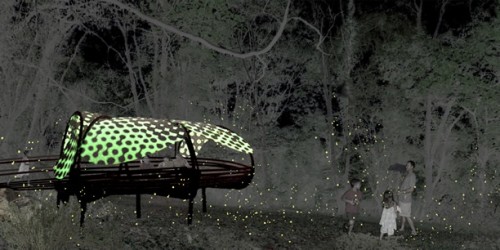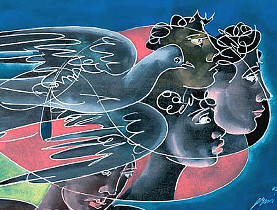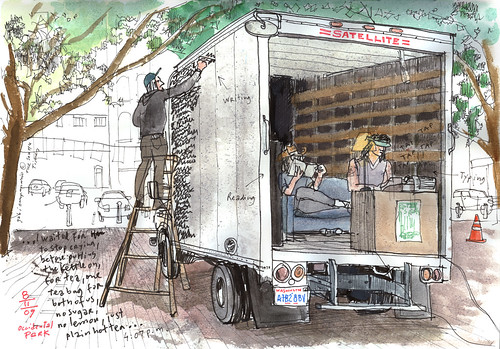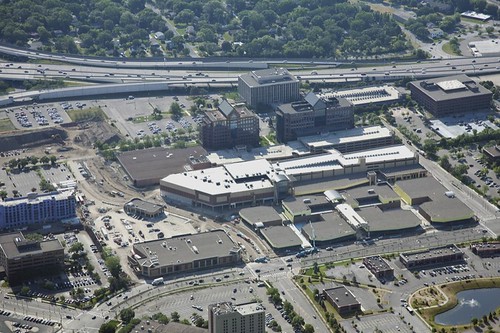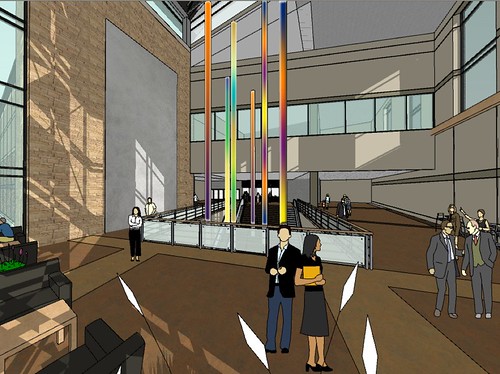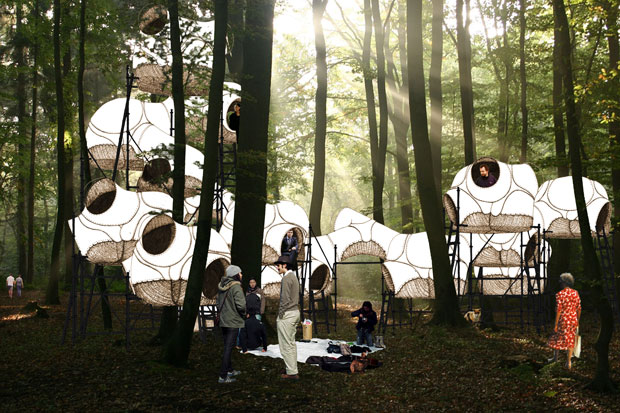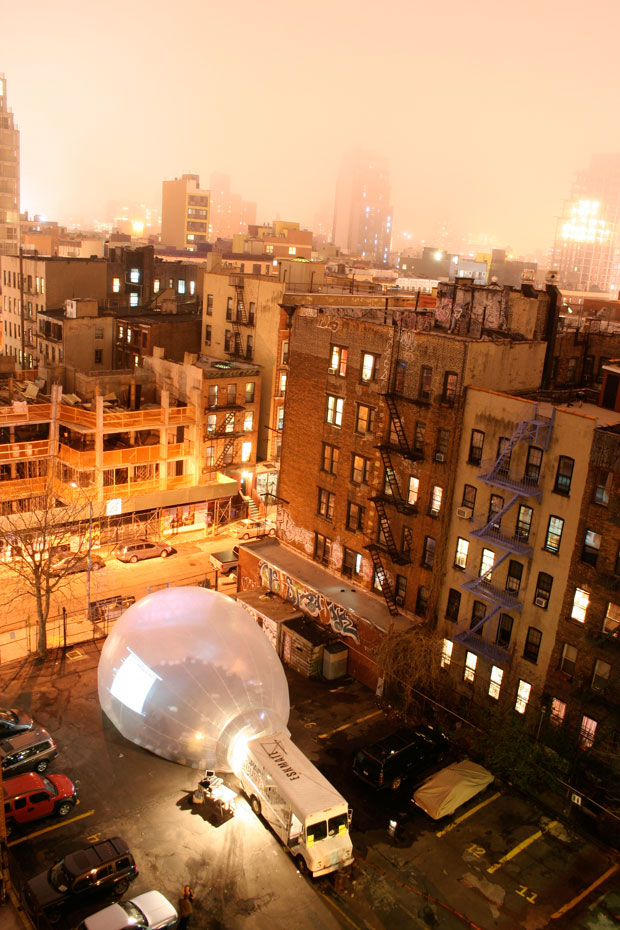
Mel Bochner’s Win! (2009) will be painted directly on the walls opposite the monumental staircase in the northeastern portion of the stadium.
There must be something in the water in Dallas. According to Artinfo, Dallas Cowboys co-owner Jerry Jones philosophized about football and contemporary art and the public:
“Cowboys Stadium isn’t just a place to go and see a game or a concert, it’s an experience you share with your family and your community. That will include things that a lot of people wouldn’t anticipate seeing at a stadium — like contemporary art. Football is full of the unexpected and the spontaneous — it can make two strangers into friends. Art has the power to do that too, to get people talking, and looking, and interacting.”

Doug Aitken’s star (2008), which was acquired for the stadium, will be installed in the elevator lobby.
“The program kicks off with 14 commissioned works, including contributions by heavyweights Franz Ackermann, Annette Lawrence, Lawrence Weiner, and Olafur Eliasson, as well as acquisitions of existing pieces by Doug Aitken, Wayne Gonzales, Jacqueline Humphries, and another work by Eliasson. Pieces will mainly be installed in high-traffic locations, such as the four principal entries and the walls above the main concourse concession areas, which measure 15 by 114 feet. Some will wrap around stadium walls.”
Meanwhile, over at the American Airlines Arena, there are eleven large, high resolution LED “Super Screens.”

“Eight of these screens, 4 on each side of the plaza, move on horizontal tracks to allow for a myriad of configurations and motion possibilities. These screens can also be combined in sets of four to create 31’x53’ super screens with HD resolution. High fidelity sound and a theatrical lighting system heighten the experience to an immersive level.”
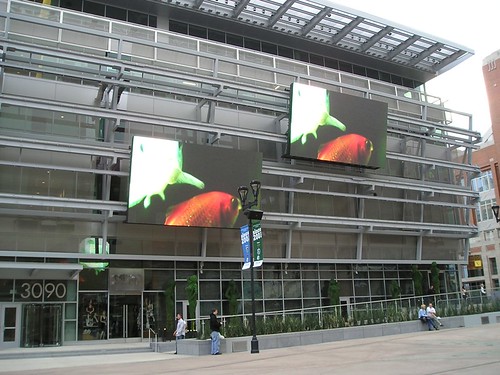
Originally, the screens solicited digital art submissions and commissioned work by the likes of Jennifer Steinkamp (below),

although the Victory Park website currently states:
“Victory Park is NOT currently accepting submissions for its Victory Arts Program: Stylized live-action, stunning visual storytelling, cutting-edge motion graphics, experimental animation or very short films.”
Let’s hope that the V-I-C-T-O-R-Y for art at the Cowboys Stadium is not quite so short-lived.
